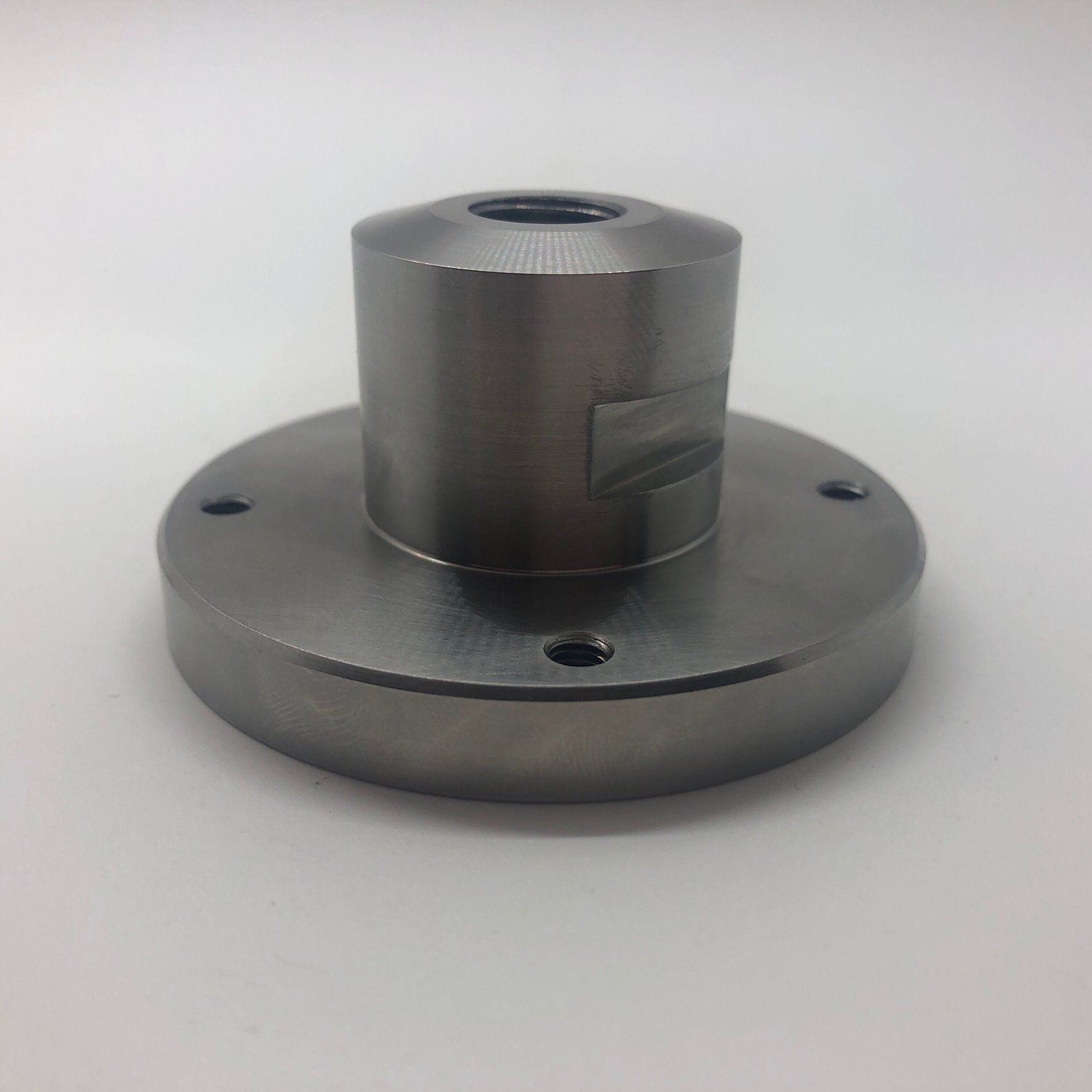Are Tight Tolerances Driving up the Cost of Your Part?
There’s a saying we have in the precision machining world when discussing tolerances:
Every decimal place adds a zero to the price.
Manufacturers know that nine times out of 10, tolerancing is what drives up the cost of a part. And yet, time and again, customers submit over-toleranced part designs that are exceptionally difficult to bring to life on the shop floor.
It’s not their fault. There’s a clear gap between what’s designable and what’s manufacturable. And it’s our job as your precision machining partner to help close that gap so that you get the parts you need quickly and cost-effectively.
The Human Hair Analogy
Have you ever stopped to consider the actual differences between a standard tolerance like +/- 0.005” and a precision tolerance like +/- 0.002” or +/- 0.0005”?
It’s helpful to think about tolerances in terms of human hair. A piece of hair is about 0.003” thick. When you specify a +/- 0.002” tolerance, what you’re asking for is less permitted variance than the width of a human hair. A +/- 0.0003” tolerance is like taking a piece of hair, slicing it into 10 pieces, and having one of those pieces represent the permitted variance.
Don’t get us wrong—some applications require such precision tolerances. As an aerospace machine shop, we’re accustomed to machining tight tolerance parts and possess the skills, experience, and equipment to meet your specifications. We genuinely love challenging parts!
But tight tolerance parts are expensive for customers, adding layers of complexity to the precision machining process. So we always encourage you to consider if a feature really needs that precision tolerance before submitting your design.
Why Tight Tolerance Parts Are So Expensive
Most precision machine shops can achieve a standard +/- 0.005” tolerance easily. Take that tolerance and cut it in half to +/- 0.0025,” and it’s more than twice as hard to machine—it’s exponentially harder.
A top-quality aerospace machine shop like ours can still get the job done without any trouble. Once we have a +/- 0.0025” or +/- 0.002” tolerance programmed into our machine, we can repeat it (although it does take longer to dial in than a standard tolerance). However, when a part requires tolerances down to +/- 0.0005,” we can’t just hit those tolerances and repeat them easily.
Here’s what we’re dealing with:
Tooling wear considerations
We don’t have to worry about tooling wear when machining standard +/- 0.005” tolerances. We can use the same tool for thousands of parts and consistently meet all specifications.
Add a fourth decimal place to that tolerance, and suddenly tooling wear is a critical consideration. Any minor wear on the tool could prevent us from hitting a +/- 0.0005” tolerance, so we have to change the tool out every couple of parts—driving the dollar figure up.
Climate and temperature considerations
Materials change size at different temperature ranges—some more than others. Alloys like Inconel and Monel are minimally affected by temperature fluctuations. On the other end of the spectrum, certain plastics may expand or shrink when exposed to even a 5-degree temperature change. You wouldn’t notice a difference with the naked eye, but the variation could easily compromise precision tolerances.
We must account for potential temperature changes when inspecting tight tolerance parts that come out of a hot machine. If we’re machining a feature with a +/- 0.0005” tolerance and we need to inspect it, it must first sit in our quality control department for up to 1.5 hours just to normalize to temperature before we can get accurate readings.
For a feature with standard tolerances, we might iterate numerous times per day. When dealing with precision tolerances, we can only fit in 1-2 iterations per day due to the time required to perform an accurate inspection. A step that typically takes minutes potentially takes hours or even days—again, driving up the dollar figure.
Want an example of how these considerations play out?
Let’s say we make the first part with tolerances of +/- 0.0005” and go to cut a second part, but the tooling has worn down +/- 0.0005”. Now we need to cut that feature twice as far as we did initially. But to figure that out, we have to cut the part once, take it out, allow it to normalize to temperature, inspect it, realize it’s out of tolerance, put it back in, run another pass. . . you get the idea. That process takes hours!
Don’t Split Hairs over Unnecessarily Tight Tolerances
Keep in mind that precision machine shops quote based on the designs they receive. We’ve worked with many customers who unknowingly over-toleranced their parts, unaware of the challenges we would face behind the scenes pulling our hair out (tolerance pun intended) to meet their specifications.
More often than not, when we’ve contacted them to explain their options—accepting the part with slightly looser tolerances or another solution that would achieve the precision tolerances but drive up the cost and lead time—they’ve informed us that the part is perfectly acceptable with the looser tolerances. To us, that’s a clear indicator that their design could have used some adjustments from the beginning.
Let us reiterate: we love machining complex parts with tight tolerances! Many shops will no-quote anything below +/- 0.0005”—but not Focused on Machining. We’re an ISO 9001:2015 and AS9100 machine shop with the precision machining capabilities to achieve tight tolerances and the top-notch inspection equipment to verify that all specifications have been met.
Just know that tight tolerance parts do require more advanced planning, tooling selection, and quality control preparation, adding to costs and lead times. So take some time to assess your design and consider, “Are any of these tolerances unnecessarily tight?” If the answer is yes, you could save yourself serious time and money.
Request a quote to work with Focused on Machining on your next precision machining project.

